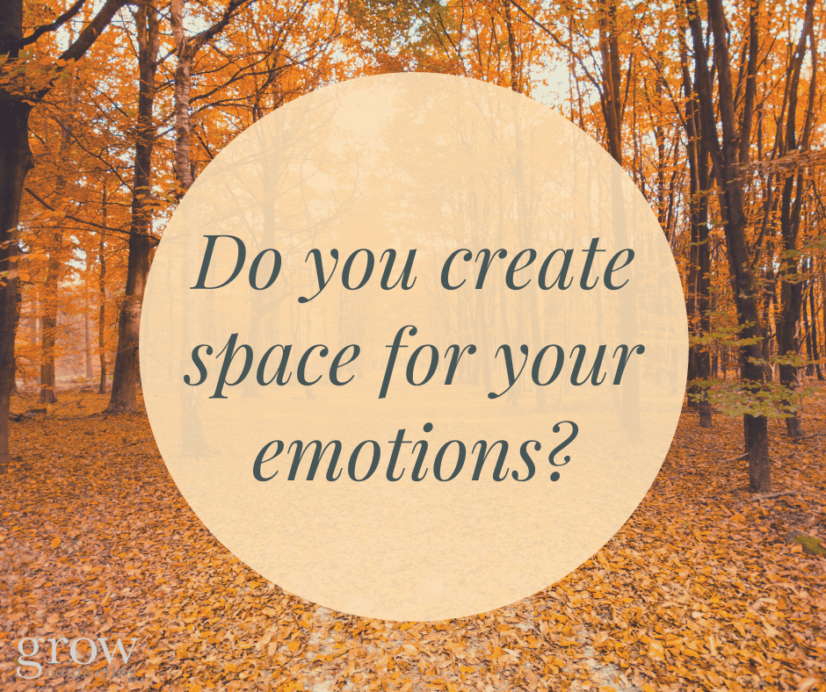Let’s talk about emotions!
During my time working with college students, it became very apparent to me HOW important emotions are and the common struggle of knowing what to do with them. Oftentimes, we learn growing up that there are some emotions that are “acceptable” to be shown and other emotions that are “not acceptable” to be shown. The challenge occurs when this then teaches us that it is unsafe to share our emotions which eventually can lead to the inability to feel our emotions or even recognize them.
So, how do we begin to let ourselves slowly open up and share with others the emotions that have been hidden for so long?
Step 1: Recognize – First, we have to be able to recognize the wide range of emotions that occur for us throughout the day. In the morning we may feel tired and irritable, mid-day we may feel motivated and hopeful, and during the evening time we may feel a combination of 5 different emotions from events that transpired during the day.
The goal for this step is to become aware of ALL of the different emotions that you feel throughout the day (even the “negative/unacceptable” emotions such as anger, fear, or sadness). Usually when I am working with clients on this step I have them make a list of ALL of the different emotions they were aware of having that day for at least 3 days that week. If they were not able to identify more than a few, or only the “happy” ones, then we work through how to identify the barriers that prevent them from being able to recognize those emotions.
Step 2: Feel – After we recognize our emotions, it is now time to begin to let ourselves “feel” them again. This can be a scary and uncomfortable step for many reasons, but can also lead to the greatest areas of growth! Feeling happens when we let ourselves sit in an uncomfortable emotion versus avoiding it, pushing it away, or pretending that it is not there. Maybe at times you even intentionally avoid or dismiss feelings of sadness or loss.
When we have not let ourselves feel for a while sometimes we need a little help. A great way to help “feeling” emotions again can be through media. Turn on a song that you know speaks to you on a deeper level and let yourself sit in the emotion it evokes. Turn on a movie that you remember wanting to cry during, but you would not let yourself. Go to a place that feels safe for you and open yourself up to any emotions that may have been buried and need to be felt while identifying barriers that make it hard for you to engage your emotions.
Step 3: Share – Once you have been able to both recognize and feel your emotions, you can slowly begin to allow yourself to share them. Sharing our emotions with others builds intimacy, connection, and I believe this is one of the deepest longings of the human heart – connection with others. Therefore, when we are unable to recognize and identify our emotions it prevents us from feeling them and being able to share the connection of opening up our hearts to those we love. This takes practice!
If sharing your emotions feels too overwhelming at first, then start by practicing with a pet, inanimate object, or whatever feels safe. Once you feel comfortable, begin to take baby steps each day towards sharing your emotions with others. This could be as simple as “I had a hard day today.” After that, try opening up a little bit more each day to those around you who feel safe enough to share your emotions with (this may only be one or two people).
Once again, notice the barriers that prevent you from being able to share with others in order to create awareness for yourself to then be able to move forward.
The more you are able to share more of your world with those whom you love and trust the more you will find the connection and support all of us desire.
*This blog is credited to one of my previous supervisors who shared the importance of this process when it comes to our emotions. I cannot count the amount of times it has been useful in therapy, for myself, and for life and am forever thankful for his contribution to who I am as a therapist now!
Written By: Betty Gebhardt

